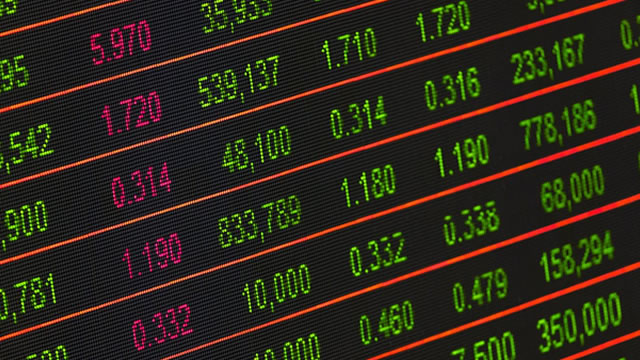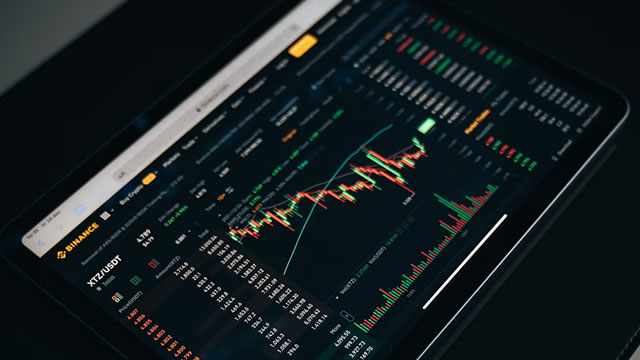The Rollercoaster Ride of Markets: Tariffs and Trade Tensions with China
The financial markets have been on an emotional rollercoaster ride recently, with hopes of a tariff reprieve leading to surges, only to be followed by stumbles as new details revealed deeper trade tensions with China. This volatile situation underscores how fragile sentiment remains and how tightly financial markets are tethered to shifting policy signals.
A Tariff Reprieve, but Only Temporary?
Earlier in the week, there were signs of progress in the ongoing trade dispute between the United States and China. Reports indicated that the two economic powerhouses were making progress towards a deal that could potentially reduce or even eliminate some of the tariffs that have been imposed on each other’s exports. This news sent stocks surging, with the S&P 500 and the Dow Jones Industrial Average both experiencing significant gains.
New Details Reveal Deeper Trade Tensions
However, the good news was short-lived. New details emerged later in the week that revealed the trade tensions between the US and China were deeper than previously thought. Reports indicated that the two sides were still far apart on key issues, such as intellectual property protection and technology transfer. This news sent markets tumbling, with the S&P 500 and the Dow Jones Industrial Average both experiencing significant losses.
What Does This Mean for Me?
For individual investors, this volatile situation can be stressful and uncertain. It’s important to remember that short-term market fluctuations are a normal part of investing, and it’s impossible to predict with certainty how markets will react to every piece of news. However, it’s always a good idea to have a well-diversified portfolio and to avoid making impulsive investment decisions based on short-term market movements.
What Does This Mean for the World?
The trade tensions between the US and China have broader implications beyond financial markets. They could potentially lead to a slowdown in global economic growth, as trade disruptions could reduce demand for goods and services in both countries and in other parts of the world. Additionally, the trade tensions could lead to a decrease in business confidence and investment, as companies may be hesitant to make long-term investment decisions in an uncertain economic environment.
Conclusion: Riding the Trade Tensions Rollercoaster
The ongoing trade tensions between the US and China have once again demonstrated how volatile financial markets can be, and how quickly sentiment can shift based on policy signals. It’s important for investors to stay informed and to avoid making impulsive investment decisions based on short-term market movements. And for the rest of us, it’s important to remember that the trade tensions have broader implications, and could potentially lead to a slowdown in global economic growth.
- Financial markets have been on an emotional rollercoaster ride recently
- Hopes of a tariff reprieve led to market surges, but new details revealed deeper trade tensions
- Volatile situation underscores how fragile sentiment remains
- Individual investors should have a well-diversified portfolio and avoid impulsive investment decisions
- Trade tensions have broader implications, could potentially lead to a slowdown in global economic growth





